Introduction
The roots of modern architecture have long been disputed in academic and professional circles due to the ambiguity of the precise definition of the concept. On the one hand, experts claim that modernist architectural features started to evolve as a theory in the nineteenth century. On the other hand, some argue that modernism emerged as a fully distinctive style at the beginning of the twentieth century. Given the complexity of characteristics predetermining the identification of the start of the modernist era in architecture, this paper investigates its core features to justify a comprehensible answer. It is argued that modernism in built environments began in the 1920-1930s due to the coherent and prevailing manifestation of all modernist functional and artistic principles in the buildings of that time.
The Rationale for Identifying the Beginning of Modernism in Architecture
Impact of New Materials Provided by the Industrialization
When attempting to answer the question of when modernism in architecture began, one should consider the context in which it became fully manifested, with the proper presence in society. The ideas of modernism were based on theoretical discussions of the late eighteenth century and the industrial revolution that made it possible to use lighter and more secure materials in construction. However, the mere use of materials does not mean that such buildings are modern style. Indeed, while some claim the beginning of modernism in architecture occurred with the industrial revolution, the buildings made of newly created materials were visually similar to those of the classical era (ARTiculations, 2018). Therefore, when considering and justifying the time and circumstances when modern architecture started, one should incorporate a multitude of factors defining modern architecture.
These factors include the use of simple geometric forms, lightness of structure, the dominance of volume over mass, and visual representation of simplicity. The evolution of adhering to these principles in their coherence might be illustrated by analyzing modern architects’ works. For example, the use of glass materials to maximize volume is particularly evident in the works of Le Corbusier and Loos. With the popularization of such materials as glass and steel, these architects created buildings with an efficient emphasis on windows (Dehghan, 2019). The examples of modern architectural works by Loos are provided in Figure 1 and Figure 2. While Figure 1 building is marked by complete modernist characteristics with large windows maximizing volume and minimizing mass, the building in Figure 2 supports the claim that modernism was not fully emergent before the 1920-1930s. Indeed, although the use of glass and windows is evident in the Goldman and Salatsch Building of 1910, the presence of columns and concrete ties this architectural style with the classics, which modernists defied.
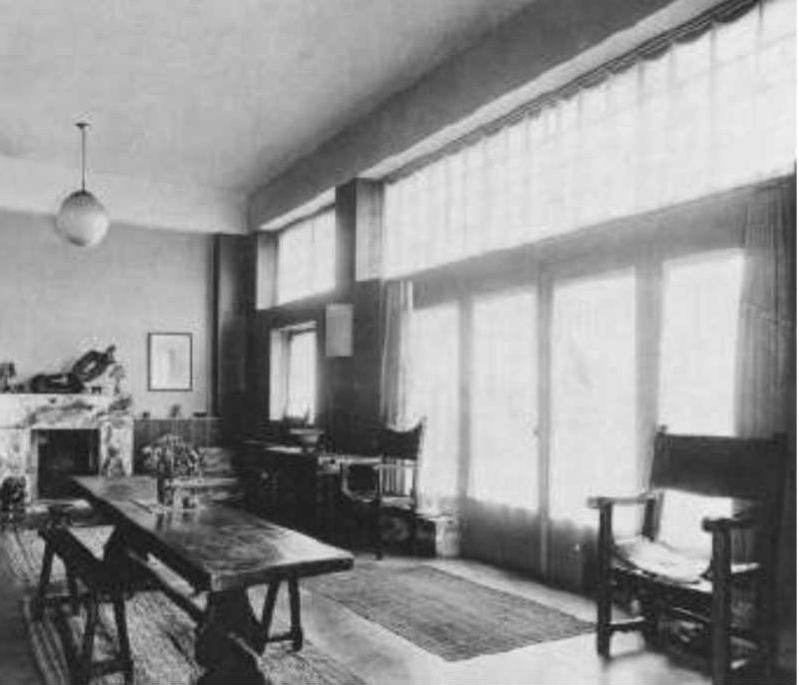
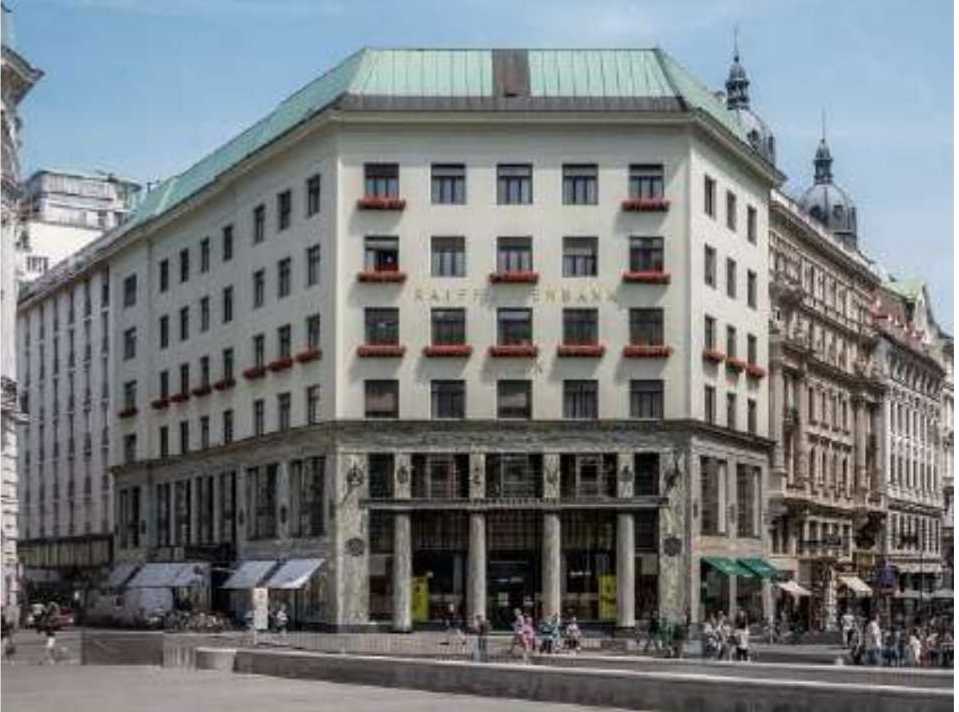
Modernists’ Defiance of Classic Principles
One of the concerns that allow for supporting the argument about the emergence of modern architecture at the beginning of the twentieth century is the devotion of this period’s architects’ to defying former principles. Indeed, according to von Fischer and Touloumi (2018), “modern architects seized the opportunity to determine their place both in the domestic realm and the public, shaping the social space surrounding them” (p. 876). The shift from conventional classical materials might not be considered the beginning of a new modern era. Instead, the integration of the materials and geographical solutions into new forms that contradicted conventions of the classical period marked the beginning of modernism in the 1920s and 1930s when the Bauhaus movement allowed for conceptualizing and practically implementing the principles of modernism (ARTiculations, 2018; Macdonald, 2018). At this time, new exhibitions take place, new buildings are created according to the principles of volume dominating over mass, where the planning of buildings’ exterior and interior serve the purposes of lightness and open-space consideration (Poon, 2020). Thus, modernists defied the heaviness and monumentality of classic structures in architecture.
Similarly, the principles of simplistic geometrical solutions without ornamentation or decoration were a manifestation of defiance of conventions of the earlier era of architecture. Indeed, the refusal of excessive details that serve no function in buildings was a remarkable feature of modernism, fully manifested in the practical implications that unfolded in the 1920s and 1930s. As shown in Figure 3, typical buildings of a modern era in architecture have distinctive visual features of voluminous spaces, square shapes with simplistic forms without ornamentation, and the maximization of the functionality of a building. This example illustrates the defiance of conventional architectural principles, which ultimately marked the beginning of modernism in built environments.
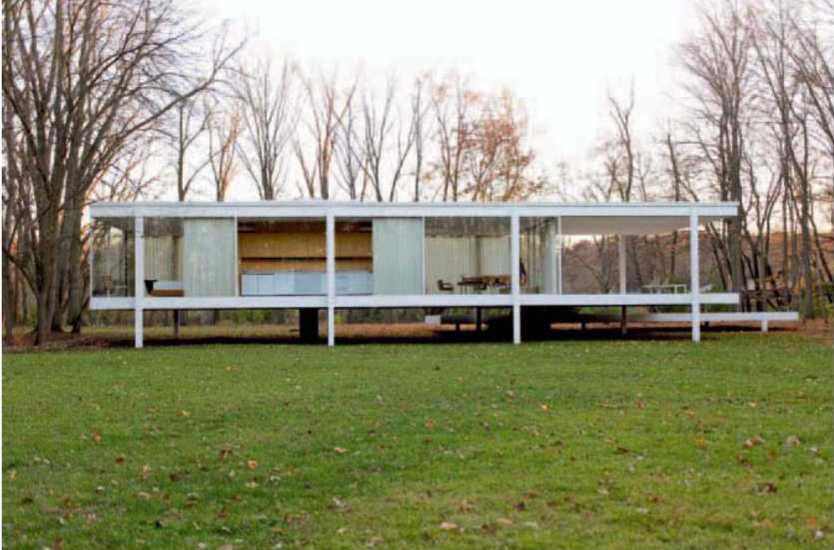
Artistic Implications of Modernism in Architecture and its Popularization
Most importantly, the argument that the beginning of modernism in architecture occurred in the 1920s-1930s is justified by the ultimate artistic manifestations of the theoretical principles in buildings that were accepted by society. It was when modernism started its cull existence in the public and art domain, expanding its philosophical premises. In particular, form purity and minimalism define modernism in architecture, where form follows function. Indeed, the principle of form following function was originally introduced by architectural thinkers such as Sullivan and Le Corbusier at the end of the nineteenth century (Kesseiba, 2019). The idea that “the building is a machine for living” and that buildings should be given a form that maximizes their functionality were the stepping stones toward conceptualizing modernism in architecture (Kesseiba, 2019, p. 85). However, only in the 1920-1930s, when all the factors, namely simplistic geometry, minimalism in ornamentation, volume over mass, and form following function, coincided in the practical manifestations, which marked the beginning of modernity in architecture.
Indeed, as Figure 4 illustrates, the use of functionality in buildings maximized their appeal to users’ comfort and worldview expression. The houses and business buildings created in the style of modernism mark a new era in public perception of the world at large and the role of architecture in it (ARTiculations, 2018; Poon, 2020). Figure 5 demonstrates this idea by visually representing how architectural decisions of maximizing volume and expanding the use of large glass windows transform the way people perceive the world.
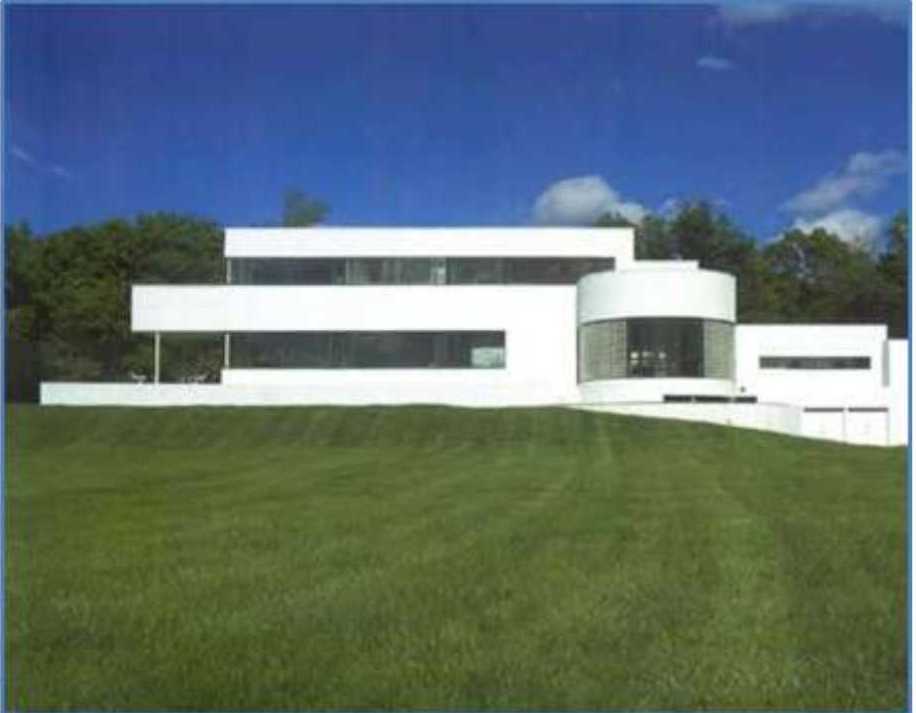
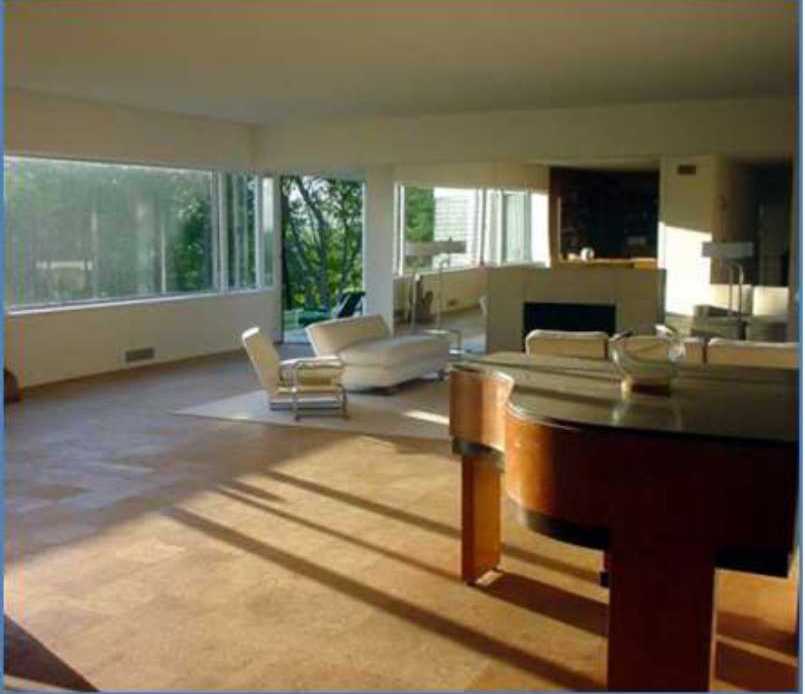
Conclusion
In summation, while there exists a long history and a valuable heritage of modernist architecture in the world, arguments about its origin and the actual time of its beginning remain relevant. The researched materials and synthesized findings supported the thesis that modernism in built environments started in the 1920s with the advancement of industries, economic advancement, and the transition to qualitatively and structurally new ideas in buildings that denied previous principles. The use of newly created materials that allowed for making lighter and larger constructions paved the way toward real modernism. Moreover, integrating such materials into projects that both theoretically and practically defied classical principles was the beginning of modernism, illustrated by the Bauhaus movement. Ultimately, the transformation of public perception of architecture through the philosophical and artistic modernist lens established the beginning of modernism in the 1920s-1930s.
References
ARTiculations. (2018). When did modern architecture actually begin? [Video] YouTube. Web.
Dehghan, Y. (2019). Design of windows as an external building feature in the works of Loos and Le Corbusier. Architecture Research, 9(1), 16–22.
Kesseiba, K. (2019). Form follows function? Re-questioning the dilemma of form vs. function in contemporary Egyptian architecture. European Journal of Multidisciplinary Studies, 4(3), 84-90.
Macdonald, A. J. (2018). Structure and architecture. Routledge.
Poon, S. T. (2020). The myth of international style: 20th-century architectural modernism and Bauhaus design in modernisation of urban cities. Journal of Fine Arts, 3(3), 9–19.
von Fischer, S., & Touloumi, O. (2018). Sound modernities: Histories of media and modern architecture. The Journal of Architecture, 23(6), 873-880.